Meet the undergraduate startups looking to make a difference
by Jacklin Kwan
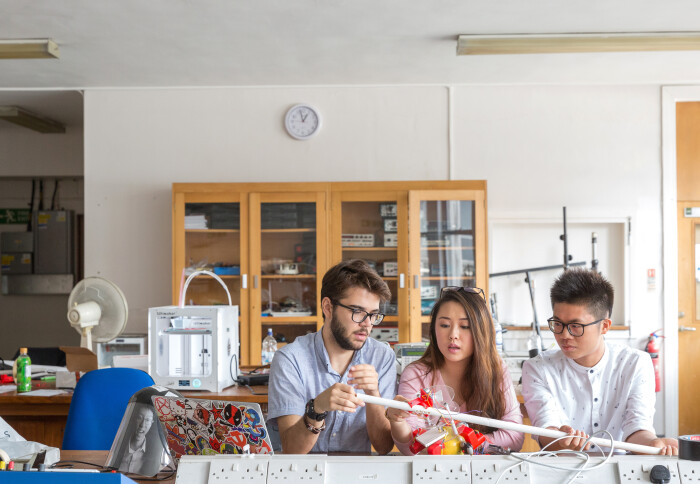
The finalists of the FoNS-MAD competition will be given funding, lab space and a bursary to work on a proof-of-concept.
The finalists of the Faculty of Natural Sciences Make-A-Difference (FoNS-MAD) competition have been chosen. From a boat that maps water quality to water filters made of tropical fruit peels, these five teams will now take their ideas to the next stage where they will be given funding, lab space and a bursary to develop their projects over the summer.
FoNS-MAD is an entrepreneurial competition open to all undergraduate students within FoNS, as well as team members from other Faculties. It challenges undergraduate students to develop low-cost technologies that have a positive impact on society.
Finalists will stand the chance to present their projects to an expert judging and win up to £7000 to develop their technologies.
Previous winners have included Multus Biotechnology, a cultivated meat startup, that raised £7.9m in funding after winning FoNS-MAD in 2019, as well as Matoha, which won the competition in 2017 with their idea for a device that identifies materials to aid recycling.
The five finalist teams will begin an eight-week placement over the summer to work on a proof-of-concept for their proposed technologies. The teams will have to present their finding in a final ceremony in November.
The finalists from this year are:
AmmonAI: Using artificial intelligence for smarter farming
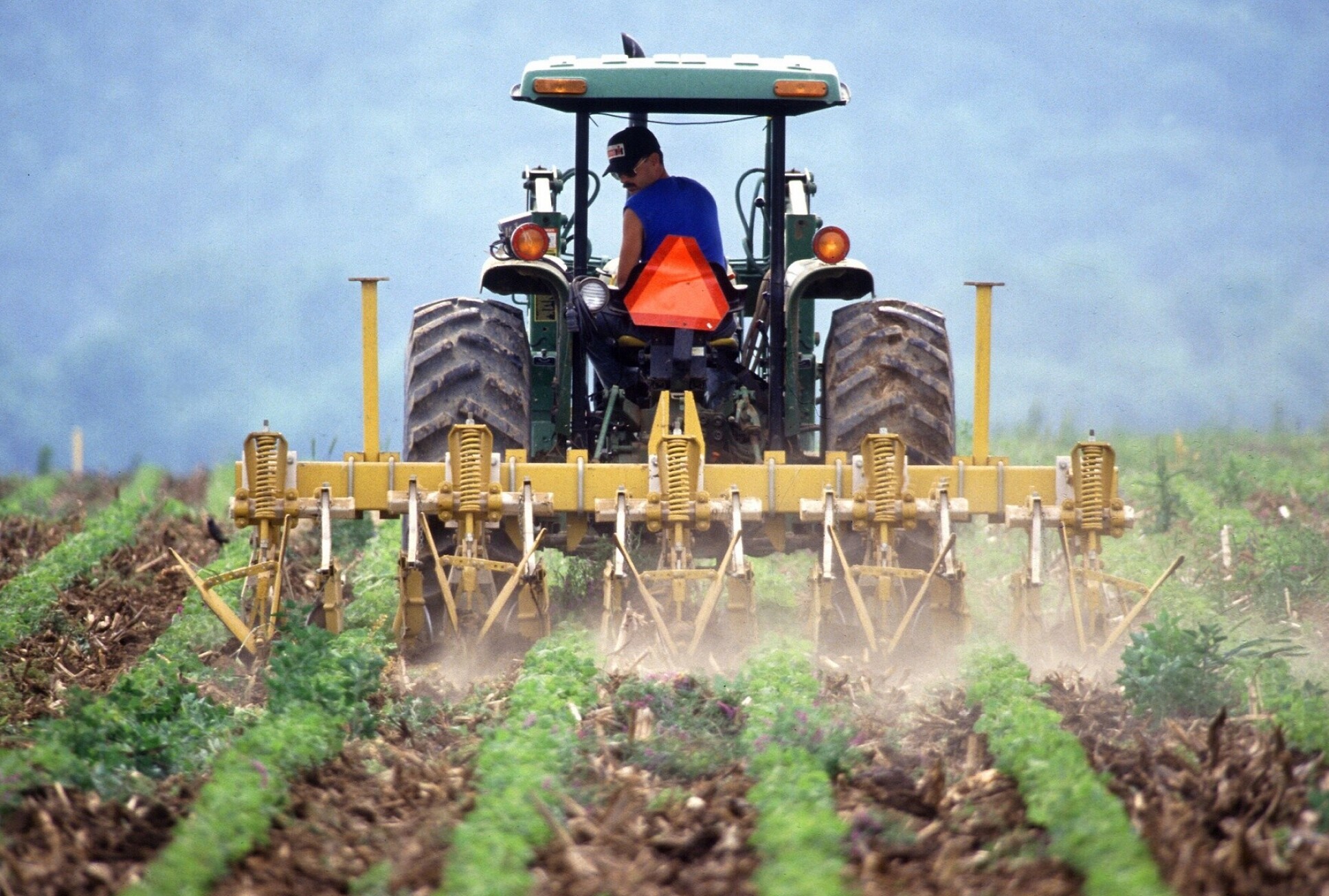
The overuse of fertilisers such as ammonia present a large problem in modern farms. They can leach into rivers and lakes as water runoff, where they can lead to excessive algae bloom that damages aquatic ecosystems. Similarly, excessive nutrient levels can also damage forests and crops.
Fertilisers can also be converted to nitrous oxide emissions when they are deposited in soil. The per kilogram global warming potential of nitrous oxide is nearly 310 times that of carbon dioxide.
To counter this problem, Ritsuki Takesako (Department of Chemistry), Sarkis Paul Shadarevian (Department of Mechanical Engineering), Stephen Heslip and Paolo De Biase (Department of Mathematics) are creating a software that utilises machine learning to help farmers use ammonia fertilisers more sparingly.
At the moment, a lot of farmers are overusing nitrate fertilisers far past the point of maximising yield Stephen Heslip Department of Mathematics
“At the moment, a lot of farmers are overusing nitrate fertilisers far past the point of maximising yield,” says Heslip. The teams says that many farmers do not have direct access to data about the nitrogen levels in their soil and even if they did, it is often challenging to act upon their information.
AmmonAI would connect with a data input from a soil probe and help farmers predict future nitrate levels in soil, taking factors like weather into consideration. Over the summer, the team will be collecting data from spinach crops to train their software.
Biomasters: Bioplastics made from crustacean shells and weeds
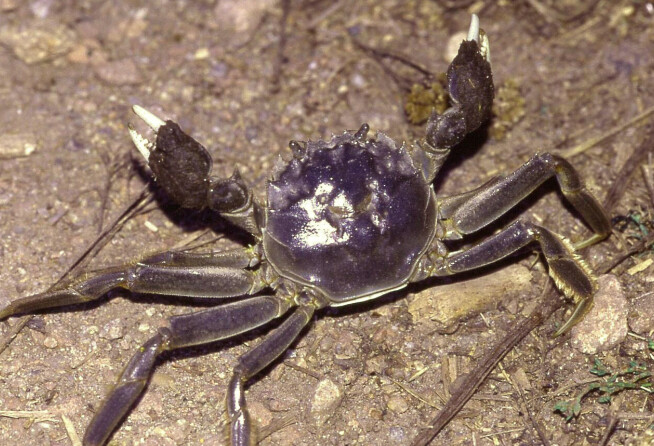
Combine two seemingly disparate waste products, crustacean shells and crop weeds, and Biomasters will try to make it into a sustainable plastic alternative.
The shells contain a chemical known as chitin whilst the weeds contain lignin, which can be reacted together to create a sustainable biodegradable material with waterproof properties.
The team says they aim to tackle three problems at once, the first of which is that farmers will often burn weeds in order to clear farmland, creating pollution harmful to human health as well as carbon dioxide emissions.
Secondly, many crustaceans, such as some species of crab and shrimp, are invasive and pose a threat to local ecosystems. By using weeds and the shells of invasive crustaceans as raw materials, the team hopes to also then tackle the issue of plastic pollution by creating a plastic alternative.
The team is made up of Yong Ji, Chan Li, Hongyang Zhu and Ruchita Duva from the Department of Life Sciences. “We hopefully want to make the material into a variety of products in the end, like bags or textiles, while solving a lot of environmental problems,” says Li.
During their placement, the team will attempt to make the existing method of creating their bioplastic as low-cost as possible.
EcoFlow: Filtering arsenic out of water using fruit peels
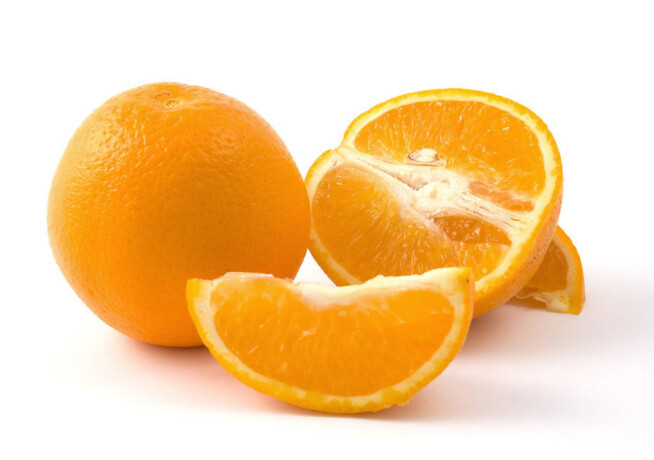
It is estimated that around 40 to 60 million people in southeast Asia are at risk of negative health outcomes due to high arsenic concentrations in groundwater. EcoFlow is looking to remove arsenic using a low-cost water filter derived from fruit peels.
Previous research has suggested that fruit peels, such as orange peels, have the ability to remove arsenic ions from water. Anna Xia (Department of Chemistry), Shan Ding (Department of Life Sciences), Hongzhi Wu and Kazu Osuka (Department of Bioengineering) want to exploit this property in their technology.
“Many water filters on the market are not suitable for rural, developing regions because they use processes like osmosis or ion exchange that require electricity and are difficult to maintain,” says Xia. The team says that EcoFlow could even use tropical fruit peels that are collected and processed locally in southeast Asia, such as banana, pineapple or mango peels.
Their proof-of-concept will test different treatments of the peels, such as impregnating the peels with aluminium, to maximise their efficacy at filtering out arsenic ions.
Qualboat: Mapping water quality using machine learning
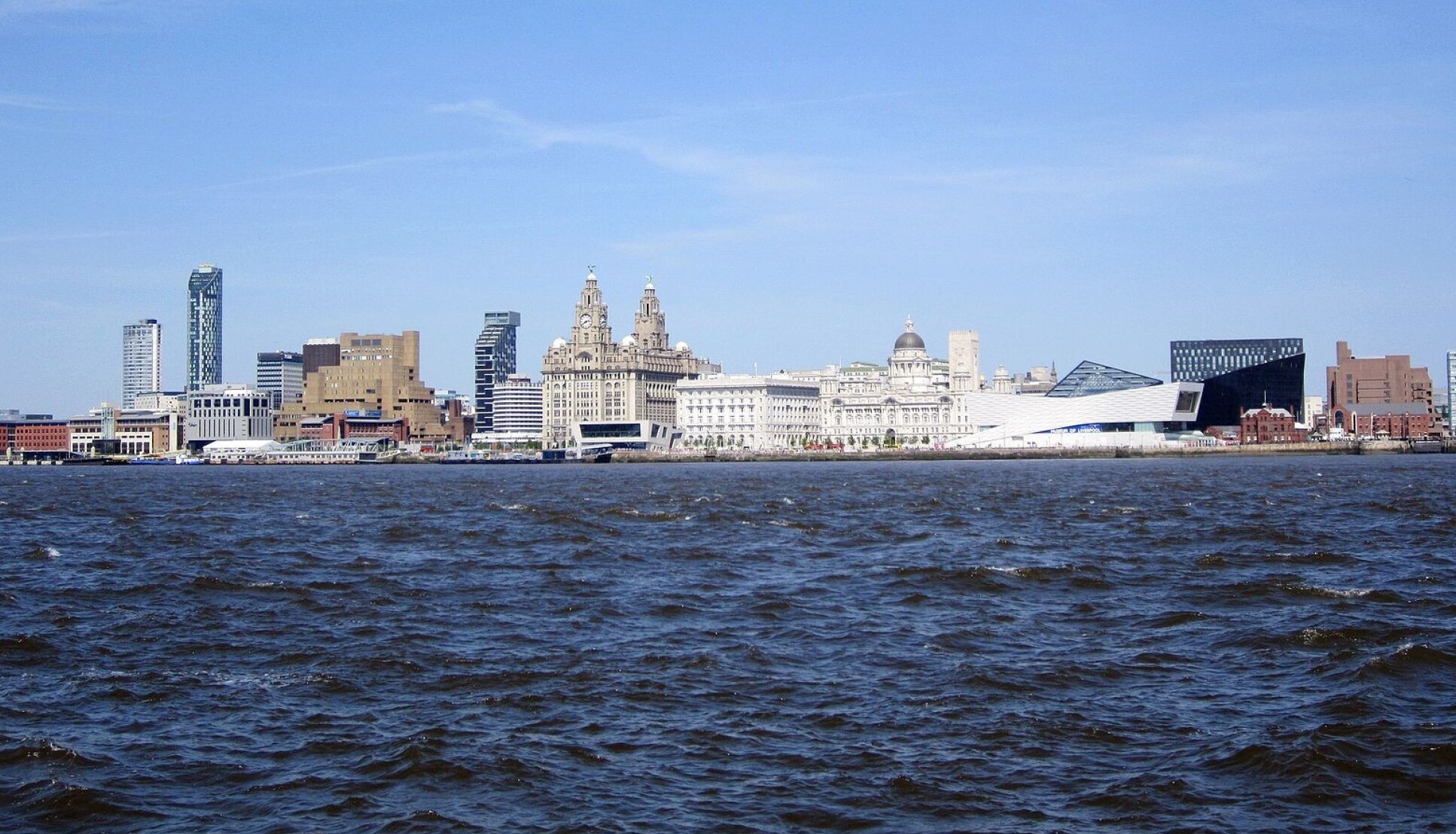
The idea for steerable boat that maps water quality in rivers and lakes was inspired by local water pollution concerns, says the team behind Qualboat. Two of the team members, Charlie Campbell (Department of Computing) and Aidan Randall (Department of Physics) both come from Liverpool where they say there are big issues with raw sewage dumping.
Together with Julia Gong Pinho (Department of Bioengineering) and Sixian Zheng (Department of Mechanical Engineering), they hope to create a low-cost technology that can help consumers monitor local water quality.
Current water sensors are often challenging to set up and only measure water quality at one point in a water body, the team says. The current boats on the market that are capable of travelling along the river whilst taking measurements are often prohibitively expensive.
We want to make people more aware of the issues around water quality and give companies and researchers the right data to improve it. Charlie Campbell Department of Computing
Qualboat will attempt to provide a low-cost alternative: a 3D printed hull and sensors connected to a software that can predict where pollution hotspots in a water body will be and have steer the boat automatically to them. “We want to make people more aware of the issues around water quality and give companies and researchers the right data to improve it,” says Campbell.
Their summer in the laboratory will be spent developing and testing the software and hardware of their Qualboat prototype.
-
Image credit:
- Chinese mitten crab - Wikimedia Commons/Christina Fischer
- River Mersey - Wikimedia Commons/Rept0n1x
Article text (excluding photos or graphics) © Imperial College London.
Photos and graphics subject to third party copyright used with permission or © Imperial College London.
Reporter
Jacklin Kwan
Faculty of Natural Sciences